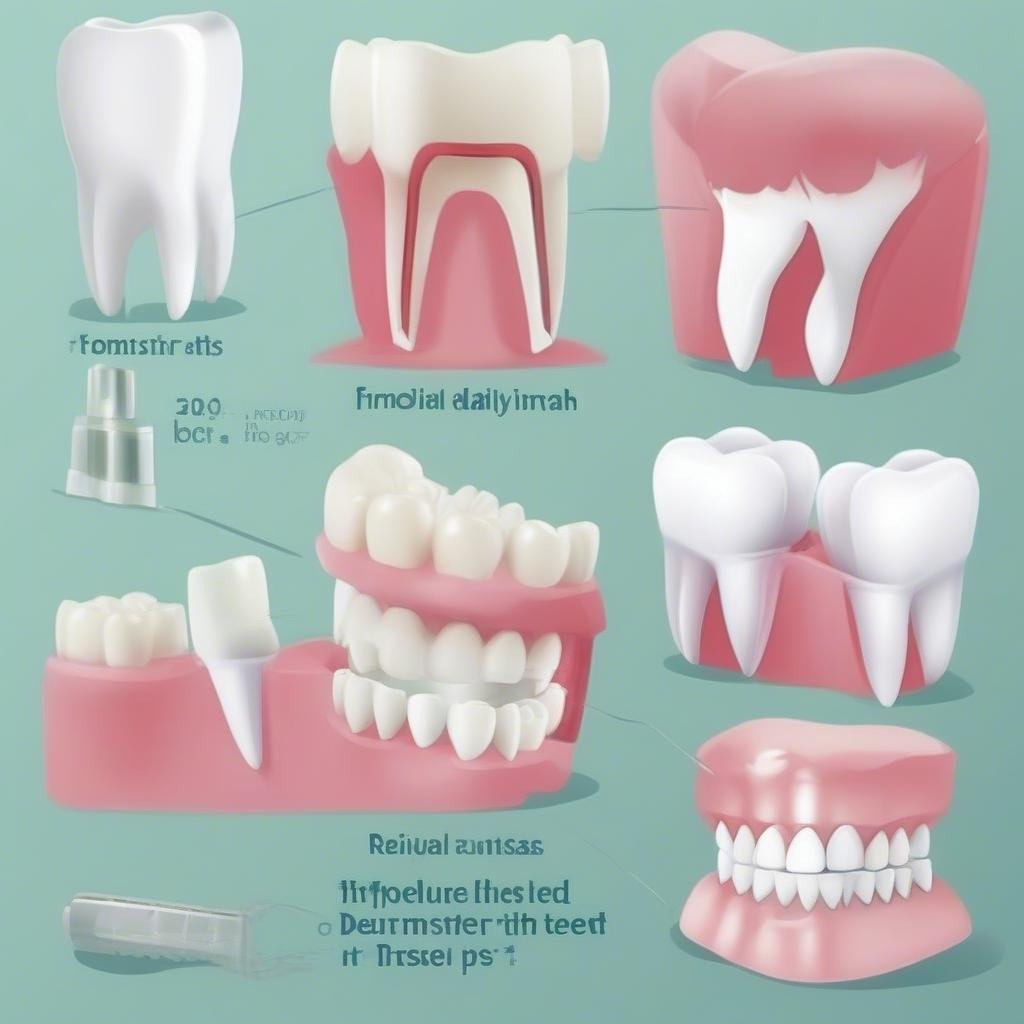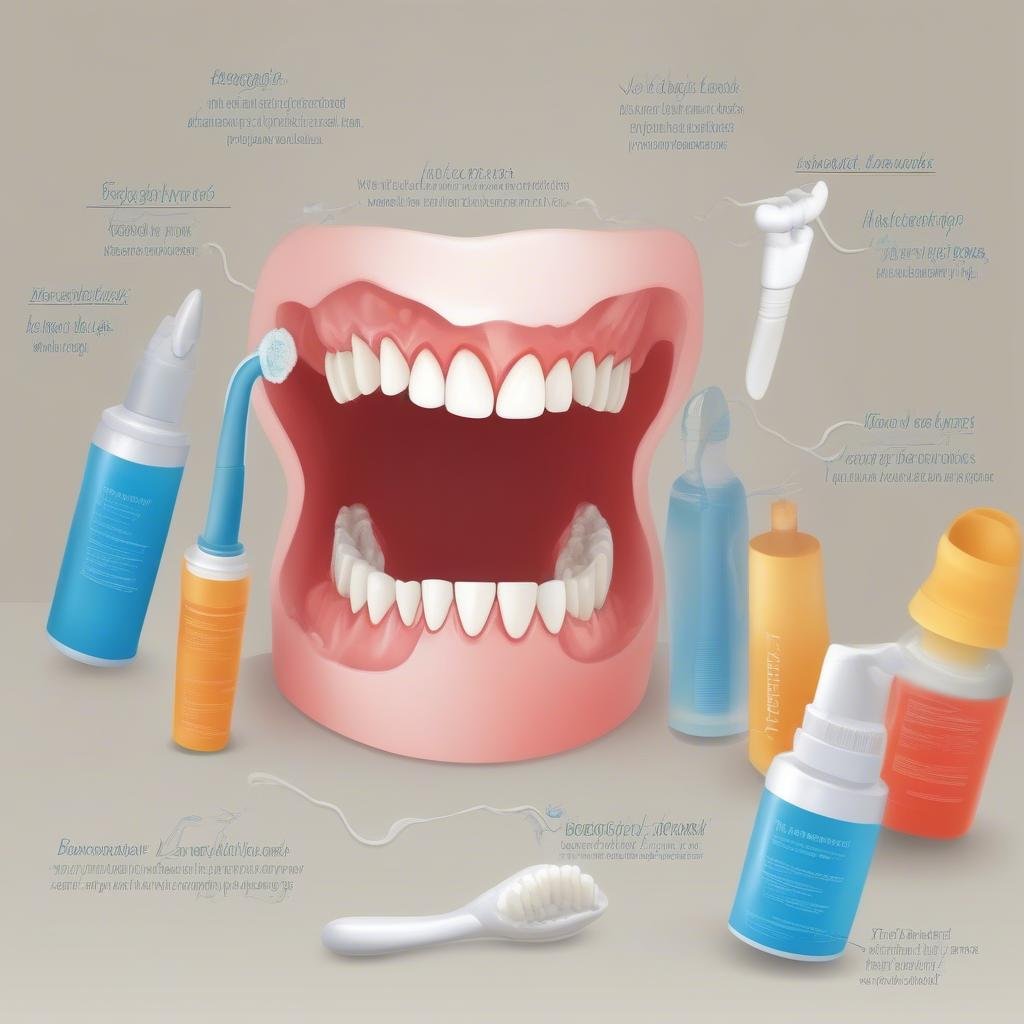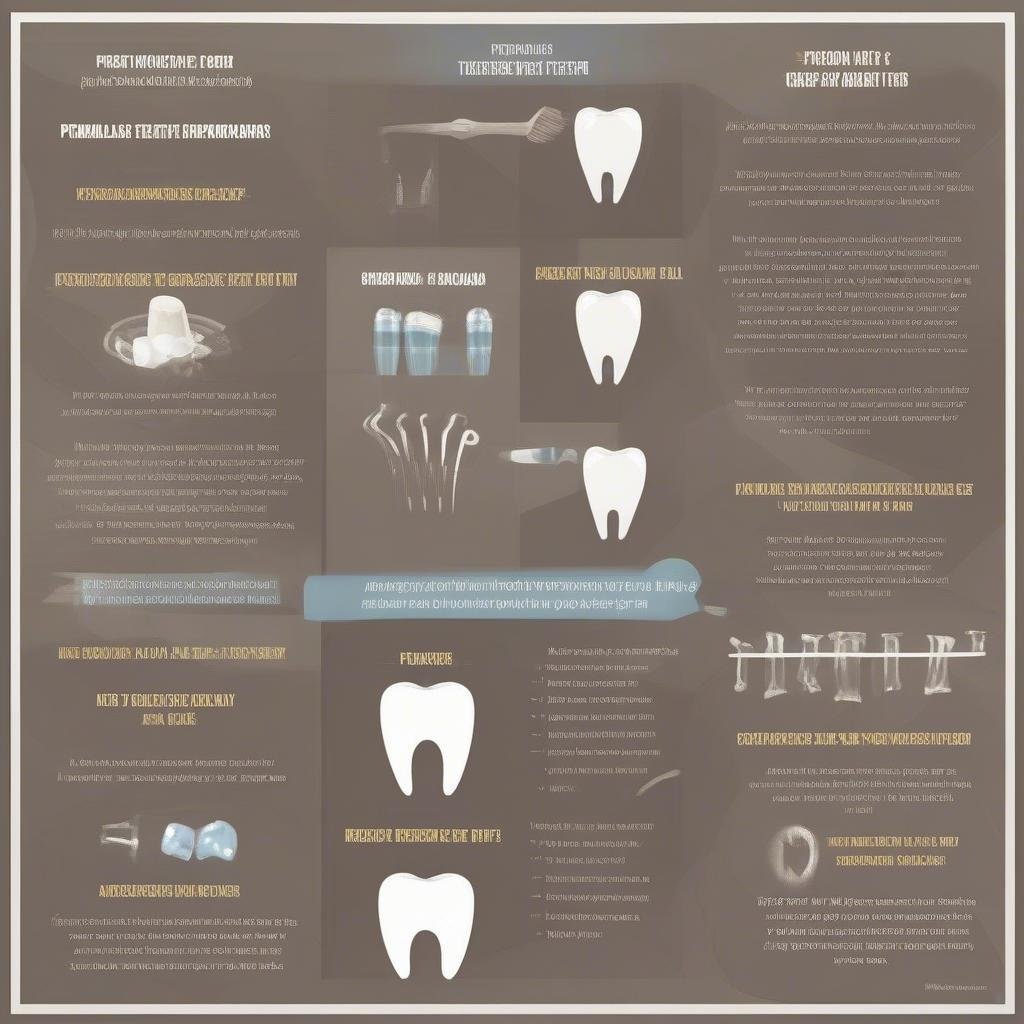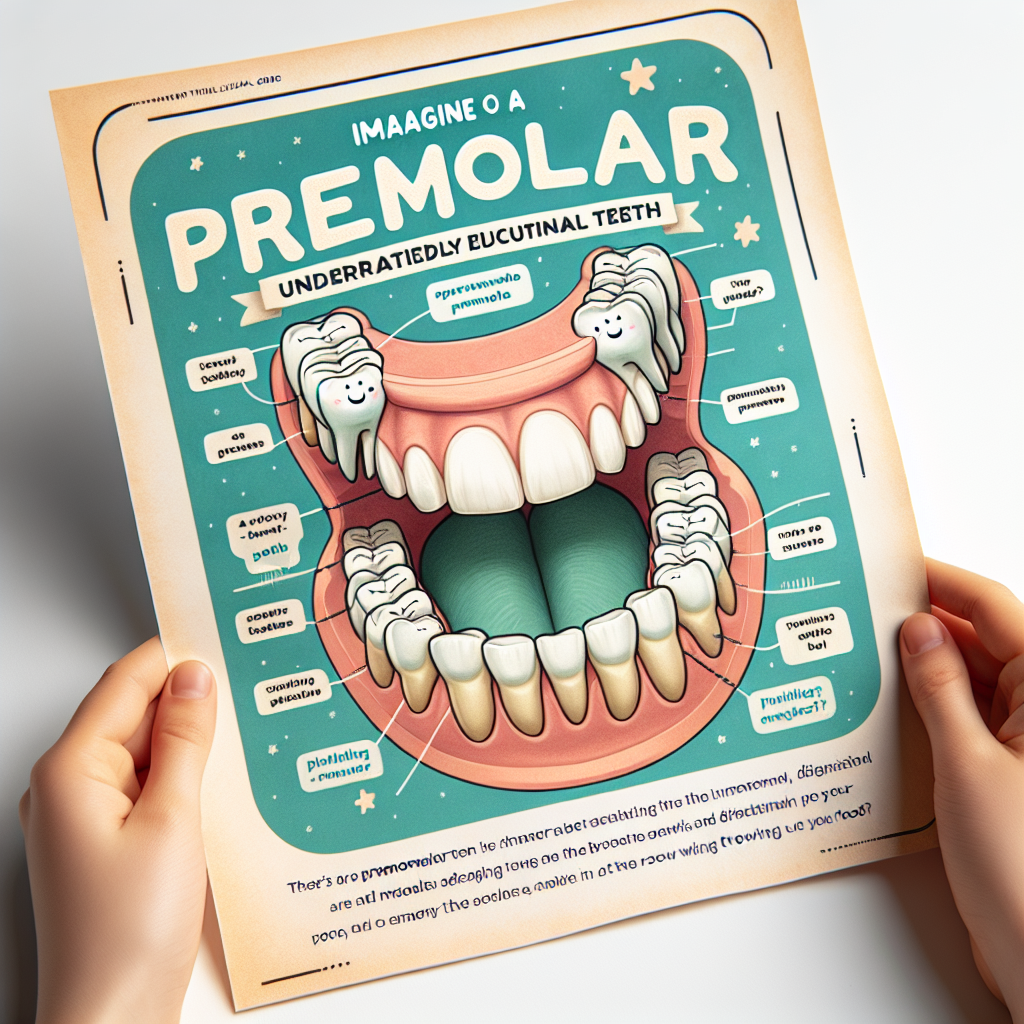Welcome to our fun and friendly guide about premolars! You might not hear about them every day, but these special teeth play a big role in helping you chew your food. Let’s dive into what makes premolars so important and learn all about them!
What Are Premolars?
Premolars are the teeth located right behind your canines. They are the ones that help grind and crush food into smaller pieces. You have two premolars on each side of your mouth, both on the top and bottom rows. They have a flat surface with little bumps, which helps them mash up your food before it moves to your molars for more grinding.
Premolars are special because they are a mix between your sharp canines and your flat molars. They have two or more points called cusps, which make them perfect for tearing and crushing food. Let’s explore more about these cool teeth and how they help you every day.
The Importance of Premolars
Premolars are more than just teeth; they are essential for good chewing and digestion. When you eat, your premolars help break down food into smaller pieces. This makes it easier for your stomach to digest and get all the nutrients it needs. Without strong premolars, chewing would be a lot harder and less effective.
What Do Premolars Do?
Premolars play a big role in your mouth. They help:
- Chewing Food: They grind and crush food into smaller bits.
- Maintaining Mouth Shape: They help keep your teeth in place and maintain your mouth’s shape.
- Supporting Speech: Proper chewing helps with clear speech.
Types of Premolars

Premolars come in different shapes and sizes, depending on where they are in your mouth. Let’s look at the different types:
First Premolars
The first premolars are located closest to your canines. They are larger and have more cusps to help with the initial breakdown of food. These teeth are strong and designed to handle a lot of pressure.
Second Premolars
The second premolars are located behind the first premolars. They are usually smaller but still have a flat surface with cusps. They work with the first premolars to finish breaking down food before it reaches your molars.
Taking Care of Your Premolars
Just like all your other teeth, premolars need good care to stay healthy. Here’s how you can keep them in top shape:
- Brush Twice a Day: Use fluoride toothpaste to keep your premolars clean and strong.
- Floss Daily: Flossing helps remove food particles and plaque from between your teeth.
- Visit the Dentist Regularly: Regular check-ups will help catch any problems early.
Fun Facts About Premolars
Here are some fun and interesting facts about premolars:
- Two Names: Premolars are also called “bicuspids” because they have two cusps.
- Falling Out: Premolars are among the last baby teeth to fall out and make way for adult teeth.
- Strong and Tough: They are built to handle a lot of pressure from chewing.
Product Information: Best Toothbrushes for Premolars

Keeping your premolars clean is super important. Here are some great toothbrushes designed to help:
Product Key Features
| Product Name | Features | Price |
|---|---|---|
| SuperClean Kids Toothbrush | Soft bristles, fun colors, gentle on teeth | $5.99 |
| BrightSmile Electric Toothbrush | Automatic brushing, timer feature | $24.99 |
| EasyGrip Toothbrush | Ergonomic handle, soft bristles | $3.99 |
SuperClean Kids Toothbrush
This toothbrush is perfect for kids! It has soft bristles that are gentle on your premolars, helping to keep them clean and healthy.
BrightSmile Electric Toothbrush
An electric toothbrush can make brushing fun! It has a timer to help you brush for the right amount of time and is great for cleaning all your teeth, including premolars.
EasyGrip Toothbrush
With its ergonomic handle, this toothbrush is easy to hold and use. It’s gentle on your teeth and helps make sure you brush all those important premolars properly.

Common Questions About Premolars
1. What Are the Functions of Premolars?
Premolars help grind and crush food into smaller pieces. This makes it easier for your stomach to digest.
2. How Many Premolars Do I Have?
You have a total of eight premolars, two on each side of your mouth, both top and bottom.
3. When Do Premolars Come In?
Premolars usually start coming in around age 10 or 11, replacing the baby premolars.
4. Why Are Premolars Important?
Premolars are crucial for proper chewing and digestion. They help break down food so your body can use the nutrients.
5. What Should I Do If I Lose a Premolar?
If you lose a premolar, visit your dentist as soon as possible. They can provide options like a dental implant or bridge to replace the missing tooth.
Conclusion
Premolars are essential teeth that play a big role in helping you eat and stay healthy. They might not always be in the spotlight, but they do a lot of hard work behind the scenes. By taking good care of your premolars, you can keep them strong and healthy for years to come.
Now that you know all about premolars, you can appreciate these special teeth even more. Remember to brush and floss daily, visit your dentist, and enjoy all the good food that your premolars help you chew!
We hope this guide helps you understand and take care of your premolars better. If you have any more questions or want to learn about other teeth, feel free to ask!

